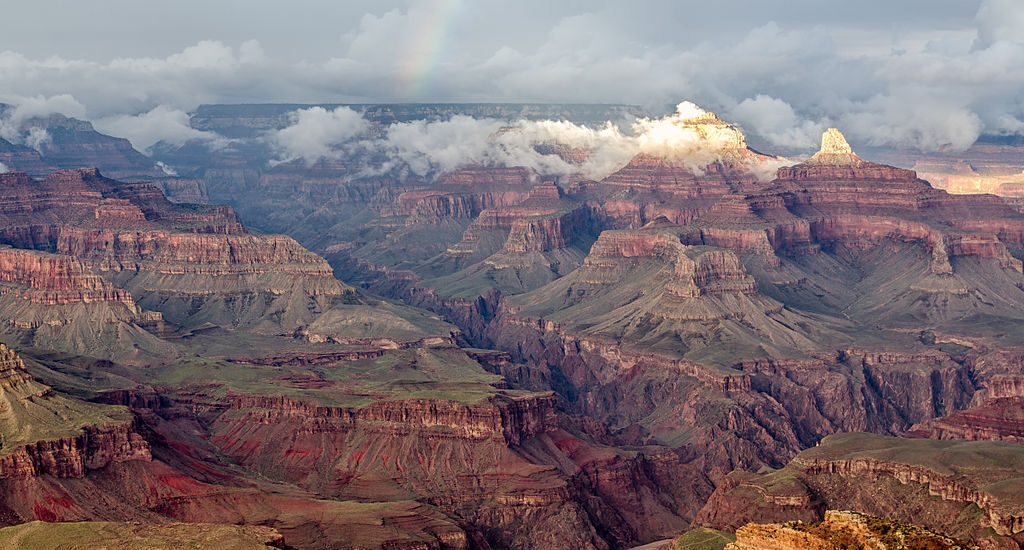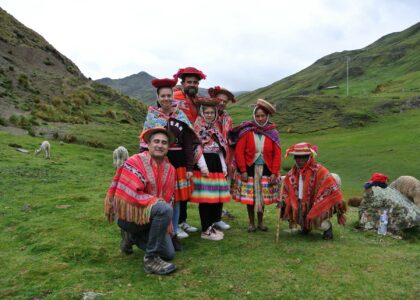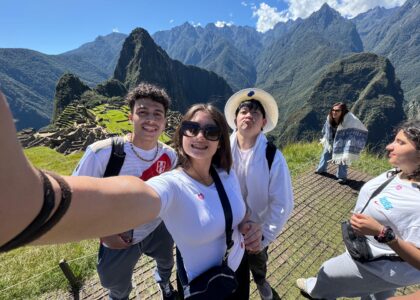When visiting North American National Parks, we usually imagine vast landscapes, exciting wildlife, and breathtaking views. However, these parks offer more than just a scenic getaway; they are vibrant classrooms without walls. From Zion’s towering cliffs to the iconic Grand Canyon, each park holds a wealth of knowledge about our environment and its preservation.
For students eager to learn beyond the traditional walls of a classroom, these parks offer a unique opportunity. Here, environmental education takes a practical turn, perfectly mixing with real-world experiences. Students can learn about ecology, conservation, and the significance of preserving natural habitats firsthand. Whether it’s understanding the delicate balance of ecosystems or witnessing the impact of climate change, North American national parks serve as a dynamic and engaging platform for learning.
By exploring these parks, students can gain a deeper appreciation of nature and an understanding of their role in protecting our planet and its future. This experience is not just about seeing new places; it’s about gaining insights that textbooks just can’t provide.
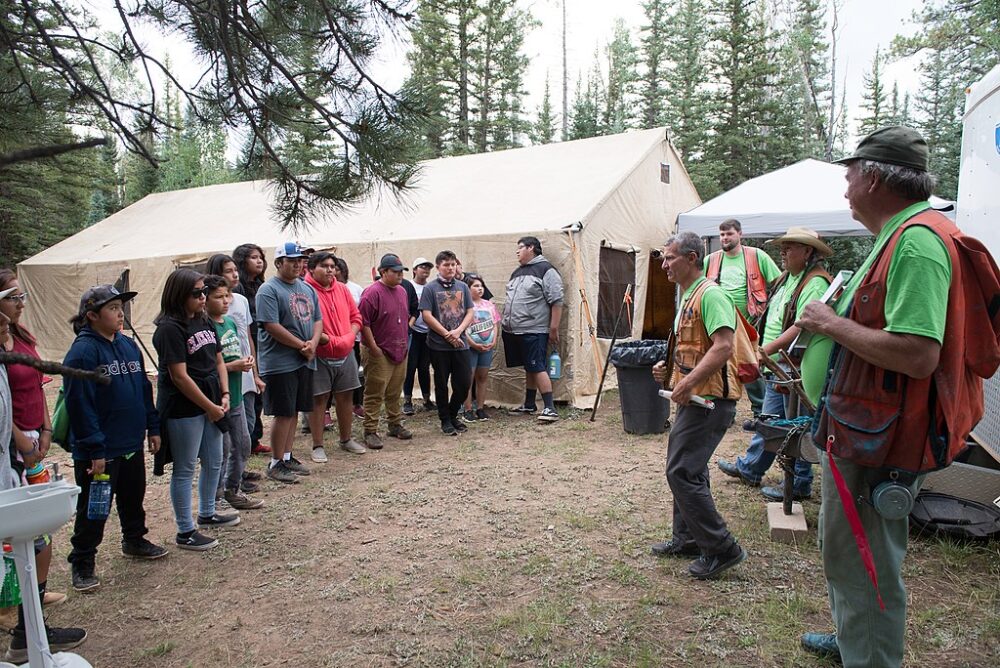
The Importance of Environmental Education in North American National Parks
National parks in North America are not just places to have fun and see beautiful sites; they are also important for learning about the environment. When you visit places like Yellowstone or Acadia, you’re stepping into a living classroom where every path and each creature has a story to tell about our planet.
In these parks, you can directly see how animals and plants live together in different ecosystems and why it’s important to protect them. This hands-on learning experience helps you understand environmental issues in a real and meaningful way. For example, seeing a forest recovering from a wildfire in Yosemite can teach you about nature’s resilience and the impact of human actions on the natural world.
Also, in these parks, you get to learn about the history and culture of the land. Many parks have a rich heritage, often connected to the indigenous peoples of the area. Understanding this history is key to appreciating and respecting the land.
By learning in the wilderness, you’re not just reading about the environment in a book; you’re seeing, touching, and living it. This kind of education is powerful. It sticks with you and can inspire you to make a difference in protecting our planet. National parks show us the beauty of the natural world and teach us why we need to take care of it.
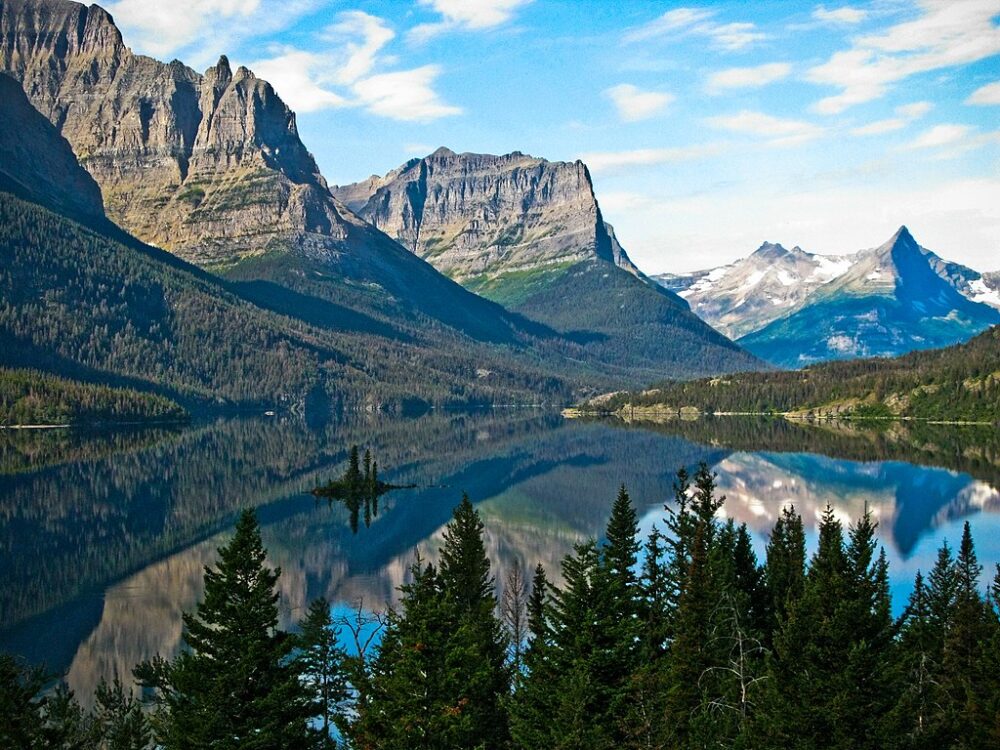
Exploring North American National Parks
North American National Parks are not just stunning natural wonders; they are also rich educational resources that offer invaluable lessons on environmental conservation and cultural heritage. These parks provide a unique classroom setting where high school and college students can deeply engage with the natural world and learn about the importance of preserving it for future generations.
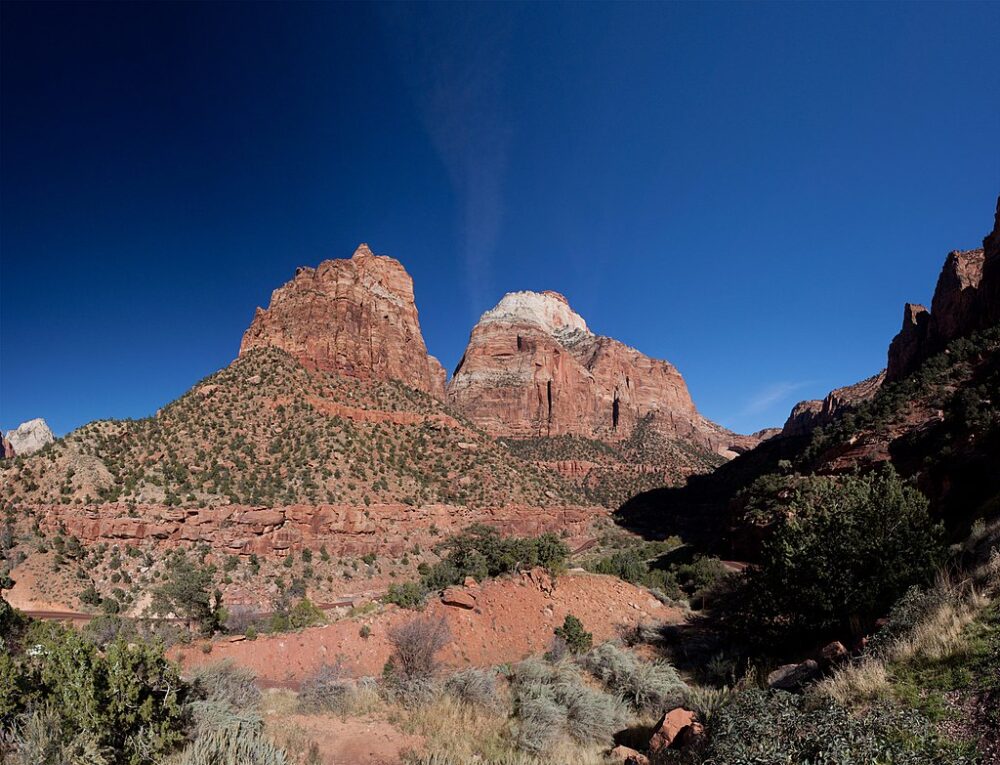
Zion National Park
Located in Utah, Zion National Park is renowned for its towering sandstone cliffs and diverse ecosystems. It’s a fantastic place for learning about geological formations and the importance of protecting delicate habitats. Zion also offers insight into the history of the Native American tribes who have lived in the region for thousands of years, providing a profound cultural context to the stunning landscapes.
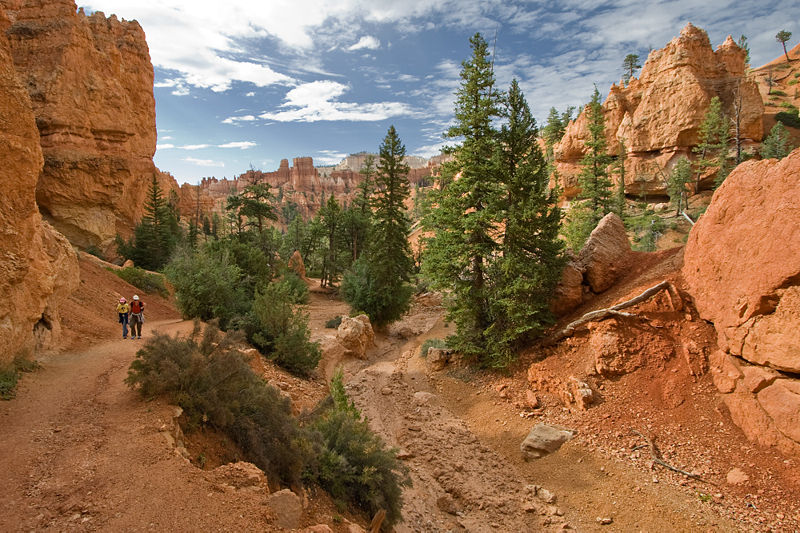
Bryce Canyon National Park
Bryce Canyon, famous for its unique hoodoos – peculiar rock formations – is a natural laboratory for studying erosion and other geological processes. The park’s high altitude and clear air make it an excellent place for stargazing, offering lessons in astronomy alongside its geographical wonders.

Monument Valley Tribal Park
This area, though not a national park, is a significant cultural site within the Navajo Nation Reservation. It offers an immersive experience in Indigenous culture and history, highlighting the deep connection between people and the land. The striking landscape of Monument Valley has been shaped both by nature and by the Navajo people, offering a unique blend of natural and cultural history.
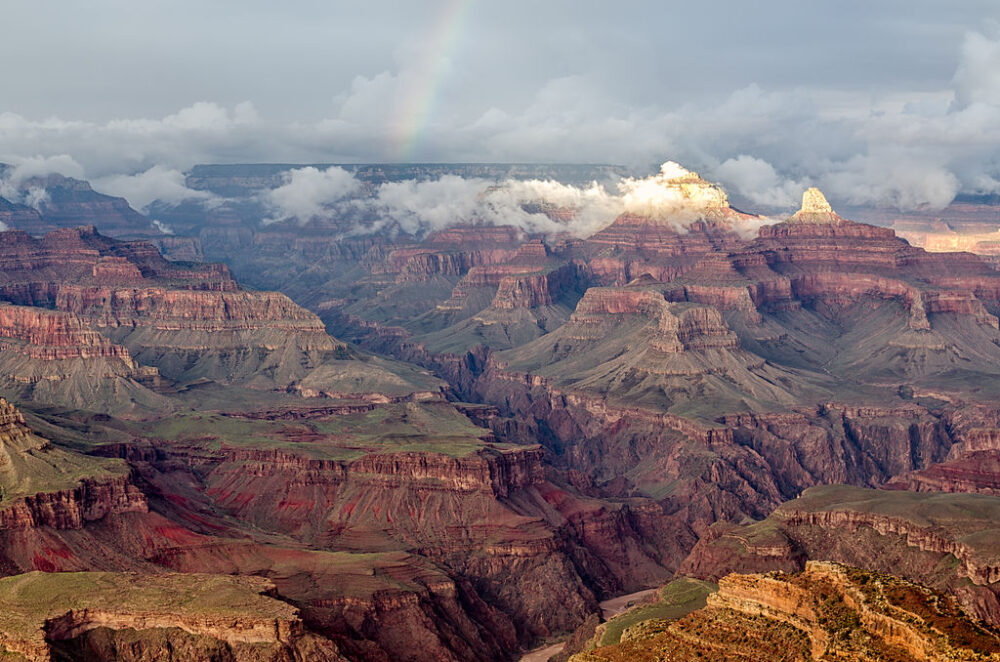
The Grand Canyon
One of the most iconic North American National Parks, the Grand Canyon is a spectacular natural wonder that provides an incredible opportunity for learning about geology, ecology, and conservation. It also holds cultural significance for several Indigenous tribes, making it a vital place for understanding the intricate relationship between humans and the environment.
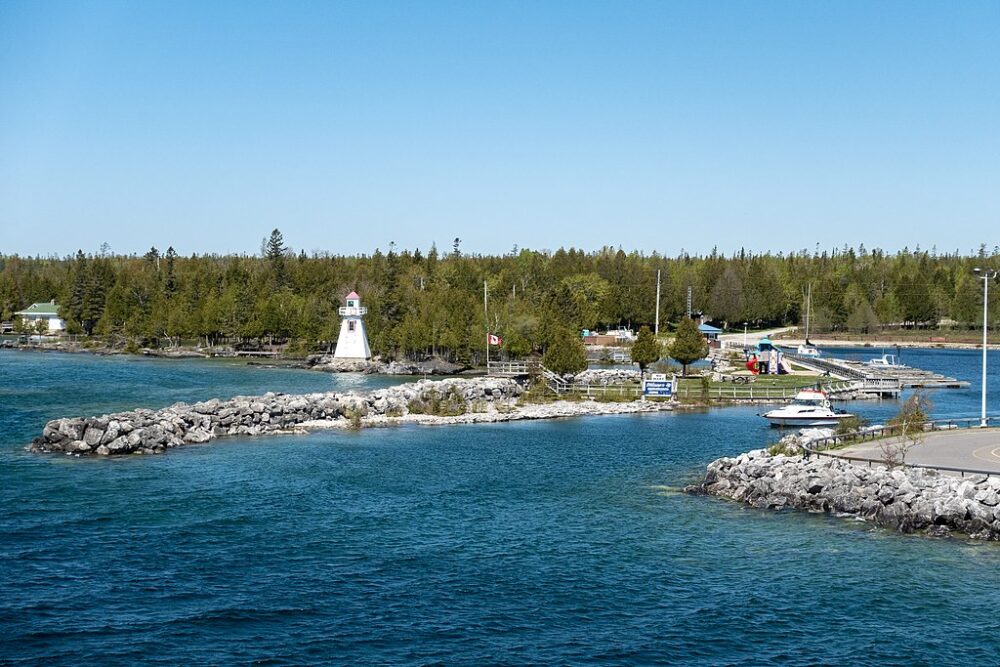
Manitoulin Island
Nestled in Canada, Manitoulin Island is not just a natural beauty but also a hub of rich Indigenous culture. As the world’s largest freshwater island, it offers a diverse environment where students can learn about unique ecosystems and the sustainable use of natural resources. The island is deeply connected to the Indigenous Ojibwe, Odawa, and Pottawatomi peoples, and their traditions and teachings play a crucial role in the visitor experience. From the Bebamikawe Trail with its diverse plant life to the historical and spiritual significance of sites like the first Residential School and local churches, Manitoulin Island provides a comprehensive educational journey. It’s a place where environmental understanding and cultural appreciation go hand in hand, offering students a chance to explore the interconnectedness of nature, culture, and history.
Each of these parks presents a unique opportunity for students to connect with nature, learn about environmental science and cultural history, and reflect on the role they play in protecting these irreplaceable treasures. Through their vast landscapes, rich biodiversity, and deep cultural roots, North American National Parks serve as essential educational resources, inspiring a new generation of environmental stewards and cultural ambassadors.
The Role of Engaged Education in Environmental Awareness
Are you interested in discovering these wonders for yourself? Visit our website to learn more about educational tours to North American National Parks. Engaged Education tours are not just about travel; they’re about gaining knowledge, experiencing new cultures, and making a positive impact on the world. Join us on this journey of learning and adventure – download the brochure today and start planning your next educational excursion!
Do you want even more information on how you can get involved with Engaged Education Tours and MEDLIFE? Fill out the interest form below!


